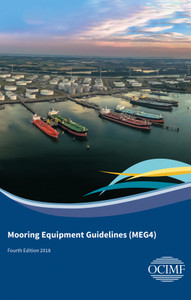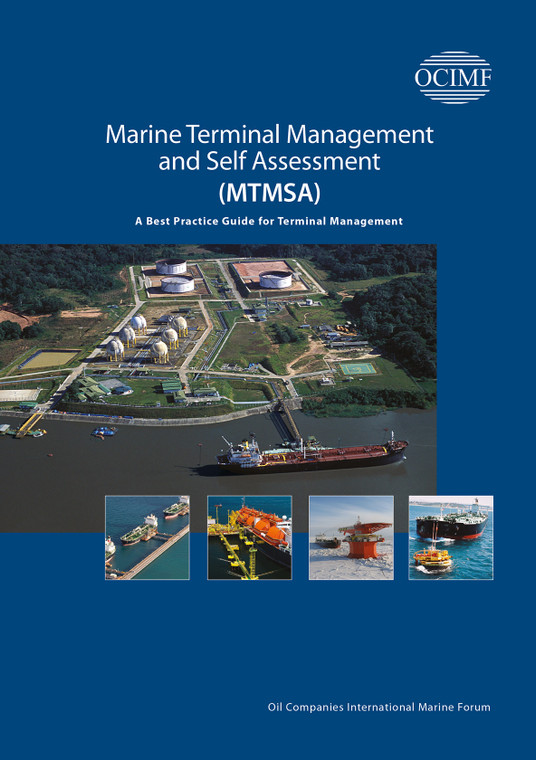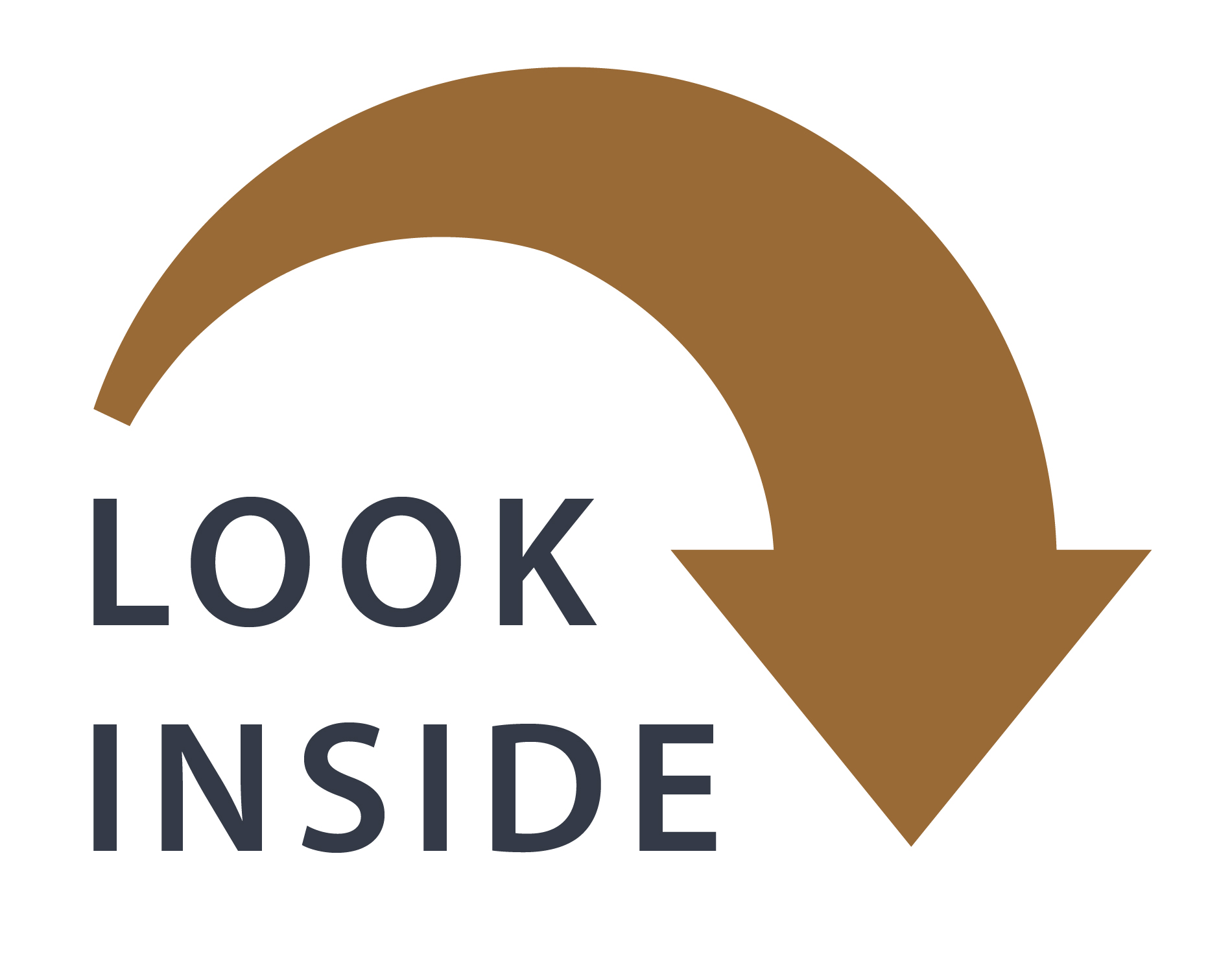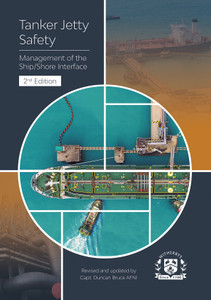
This document introduces the Marine Terminal Management and Self Assessment (MTMSA) process, which has been developed by OCIMF as a standardised tool to assist terminal operators in assessing and improving the effectiveness of their management systems for berth operations and the management of the ship/shore interface.
This publication supersedes the ‘Marine Terminal Baseline Criteria and Assessment Questionnaire’.
The MTMSA process offers a standard framework for terminal operators to assess and improve their management systems. Self assessment can be used by terminal operators to verify that their management systems are comprehensive and promote safety and environmental excellence, and to ensure that any risks have been identified, analysed and reduced to a level that is as low as reasonably practicable.
Terminal operators can use their assessment results to develop a plan to continuously improve safety and environmental performance and transfer best practice across their operations through the consistent application of enhanced processes and procedures.
This document includes best practice guidance based on current international legislation and recognised industry guidelines and codes of practice. In addition, in the online version, supplementary information will be available via a ‘Help’ facility to assist users when completing the assessment.
The MTMSA process offers a standard framework for terminal operators to assess and improve their management systems.
The process provides operators with guidelines that address the elements of a formal management system, which includes:
• Policy documents that identify management values and aspirations
• procedures that are developed to meet the objectives of these policies
• procedures to ensure the effective and safe management of the ship/shore interface, including transfer operations
• the employment of competent personnel, including contractors, to implement these procedures
• the identification of training needs and the implementation of associated training programmes
• the provision of facilities and equipment, including an associated maintenance and inspection system
• the investigation of incidents and near misses to determine root causes so that effective corrective actions can be implemented
• the identification and analysis of risk in order that effective control measures can be developed and implemented
• the provision of emergency plans and a structured programme of exercises
• a system to effectively manage change
• a process of internal audit and the use of quantifiable indicators to measure the system’s effectiveness
• the promotion of continuous improvement.
With the publication of MTMSA, the ‘Marine Terminal Baseline Criteria and Assessment Questionnaire’ has been superseded and removed from print.
Purpose and Scope
Introduction
Abbreviations
Bibliography
Section 1 The Quality System (MTMSA) and Guidelines
1.1 Continuous Improvement
1.2 The Concept of Key Performance Indicators (KPIs) – a Typical Measurement Process
1.3 Self Assessment Process
1.4 Verification Process
1.5 Completion and Submission of the MTMSA Report
Section 2 The 15 Elements of the MTMSA
Element 1 Management, Leadership and Accountability
Element 2 Management of Personnel
Element 3 Port and Harbour Operations
Element 4 Terminal Layout
Element 5 Ship/Shore Interface
Element 6 Transfer Operations
Element 7 Maintenance Management
Element 8 Management of Change
Element 9 Incident Investigation and Analysis
Element 10 Management of Safety, Occupational Health and Security
Element 11 Environmental Protection
Element 12 Emergency Preparedness
Element 13 Management System Review
Supplementary Elements
Element 14 Operations at Buoy Moorings
Element 15 Terminals Impacted by Ice or Severe Sub-Zero Air Temperatures
The Oil Companies International Marine Forum (OCIMF) is a voluntary association of oil companies with an interest in the shipment and terminalling of crude oil, oil products, petrochemicals and gas. OCIMF focuses exclusively on preventing harm to people and the environment by promoting best practice in the design, construction and operation of tankers, barges and offshore vessels and their interfaces with terminals. Learn more at www.ocimf.org.
- Number of Pages:
- 90
- ISBN:
- 9781856095501
- Published Date:
- September 2012
- Binding Format:
- Hardback
- Book Height:
- 300 mm
- Book Width:
- 210 mm
- Weight:
- 0.8 kg
- Author:
Oil Companies International Marine Forum
- Preview:
- Yes





